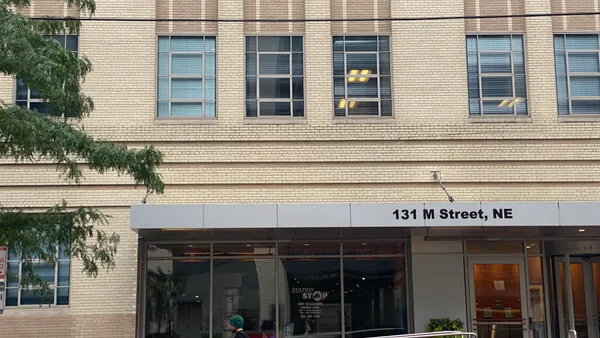Dive Brief:
- Because there was a "clear pattern" of issues in a Converse store manager’s job performance before she complained about harassment, the manager was not able to establish a causal connection between the protected activity of complaining and her termination, the 3rd U.S. Circuit Court of Appeals has ruled (Harrison-Harper v. Nike Inc. dba Converse, Inc., No. 18-3297 (3rd Cir., Oct. 11, 2019)).
- Jessica Harrison-Harper was let go after "multiple" complaints by the employees she managed, a failure to document and enforce time and attendance issues for employees and violating the company’s employee discount policy by allowing unqualified relatives to purchase shoes, according to court documents. Before her employment was terminated on Oct. 28, however, she complained on Oct. 7 that another worker was talking about her in a "sexually suggestive way," "making up lies about her," and had gone through the social media account of her girlfriend.
- After her termination, Harrison-Harper sued, alleging retaliation and hostile work environment in violation of Title VII of the Civil Rights Act of 1964 and state law. A district court granted summary judgment for the employer and the appeals court affirmed. The court noted that Harrison-Harper had limited her appeal to whether the timing between the protected activity and the adverse action was "unusually suggestive." The court said that, while three weeks "is certainly a short period between the protected activity and the adverse action," Harrison-Harper had failed to show causation because of the complaints about her work and leadership before the alleged harassment and because only one of the four employees who contributed to the decision to let her go knew about Harrison-Harper’s harassment allegations.
Dive Insight:
While protected activity (such as a harassment complaint or a leave request) doesn't insulate employees from discipline, experts say HR may want to carefully review plans to discipline an employee who recently engaged in such activity.
Unusually suggestive temporal proximity between the protected activity and the adverse action can be enough to create an inference of causation and defeat summary judgment, the Harrison-Harper court said, but there is no "bright line rule" for determining an unusually suggestive amount of time. Employers simply must be wary not to paint themselves into a corner and ensure they have the processes to back up their decision.
The court also noted that the entire set of circumstances had to be considered, including whether "employment-related issues are documented prior to the protected activity." Thorough documentation can aid employers in defending discrimination claims, experts have said. Allison West, principal at Employment Practices Specialists, told attendees at a recent conference that HR should train managers and supervisors to:
- Document everything and use bullet points in write-ups. Documenting a performance problem after a complaint has been filed doesn't look good, experts have indicated.
- Clearly state expectations. Vague directions can call into question an employer's ability to coach.
- Ask what's going on and what the employee needs from them and document the question and the employee's response. This shows a jury that a manager was interested in what the employee had to say and took ownership of his or her coaching responsibilities.
- Watch out for discrimination red flags. Phrases like "bad attitude" and "not fitting in" should be avoided because they often lead employees to think their manager is unhappy about their age, race or other protected characteristic.
- Remember that electronic evidence can last forever. This includes emails, as well as exchanges on Slack and other instant messaging platforms.











